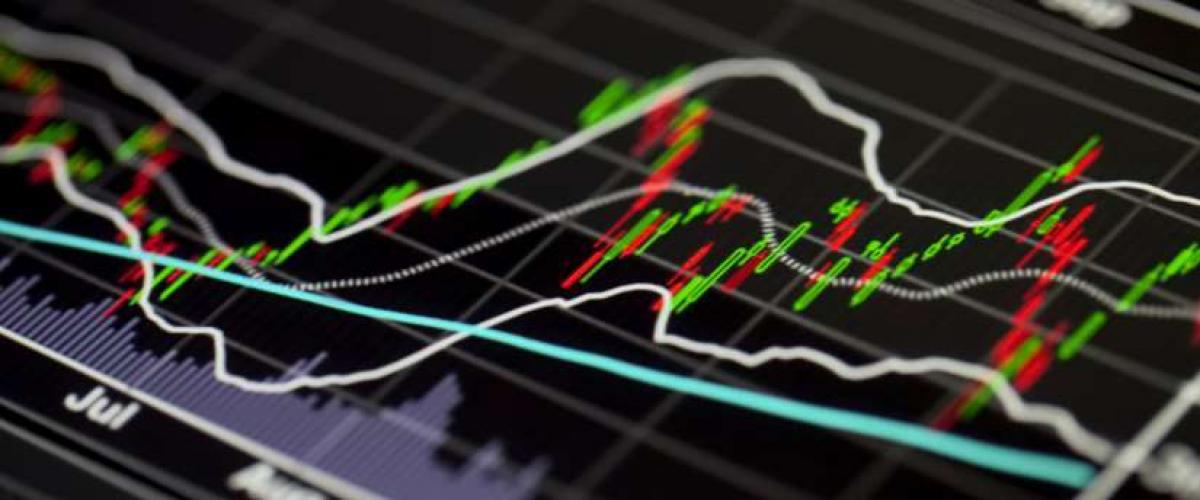By Bill Kelly, CEO, CAIA Association
The quote “what gets measured gets managed” is oft-times attributed to the author and consultant Peter Drucker. The origin is less significant than its modern-day meaning and, while it is most often used in the context of business management, it ports quite well into the management of portfolio risk.
Just about 15 years ago Dr. Harry Kat wrote an article entitled 10 Things That Investors Should Know About Hedge Funds. A recent reference and related links can be found in the equally interesting Skenderbeg Perspectives Monthly Newsletter. Other than a reference pegging global hedge fund assets under management at $600 billion, the balance and relevancy of this article is as applicable today as it was back in 2003, which brings us back to Mr. Drucker and what can be measured.
The concept of measuring investment risk can be boiled down to some pretty simplistic tools and mathematical wizardry, by introducing terms such as standard deviation and normal distributions. Most traditional investments are thought to have a normal (i.e., returns equally distributed around the mean) distribution with the caveat that it must be viewed over full (and long) market cycles. Post the GFC there has been nothing normal about the distribution of equity returns as the right side of that distribution has gotten very heavily plotted. There is only one way to get back to statistical normalcy which means a lot of occurrences to the left of the average, and that is a n awfully hard way to build or preserve wealth.
The risk for a normal distribution is typically measured by standard deviation, or simply how far thereturns spread from the average. Under the confines of this measurement, 68% of the time the returns will fall within 1 standard deviation of the midpoint, with 95% and 99% of all returns falling within 2 and 3 standard deviations, respectively. The outliers falling outside of these 3 (+ or -) standard deviations are statistically quite rare and occur in only .3% of the time. Put simply, a very high standard deviation means a greater variance in expected returns which, all else being equal, means higher risk and a lower and less desirable Sharpe Ratio.
When it comes to most asset classes, particularly in the alternatives space, returns are not normally distributed, and risk should never be viewed as a one-dimensional measurement. The return streams to the left and right sides of the mean are rarely symmetrical and sometimes those tails can be “fat,” meaning they are much slower getting to a probability of occurrence approaching zero. Both the symmetry and the peakness of these distributions matter a lot particularly when they fall on the negative side of the average.
While the naming conventions and the many moving parts can get geeky (and “Greeky”) very fast, the investor will do well to keep these two incremental concepts in mind as important compliments to the more simplistic measure of risk beyond just standard deviation. The symmetry of the returns is referred to as the skewness which examines the non-normal distribution of returns. Fewer returns occurring at the left tail of the return distribution will produce positive skewness, and that’s a good thing for investors. The fatness of the tails and the related peakness of the returns are measured via a term known as kurtosis; admittedly a very self-important word, but easier to simply remember that fat tails, when skewed to the left side of the mean, portend a greater likelihood for a painful drawdown. A deeper dive into this subject matter can be conveniently found in the CAIA Level I Study Guide and is perhaps worth a closer look at this point in the market cycle.
Seek diversification, education and know your risk tolerance. Investing is for the long term.
Bill Kelly is the CEO of CAIA Association. For more of his insights, follow Bill on Twitter and LinkedIn.




